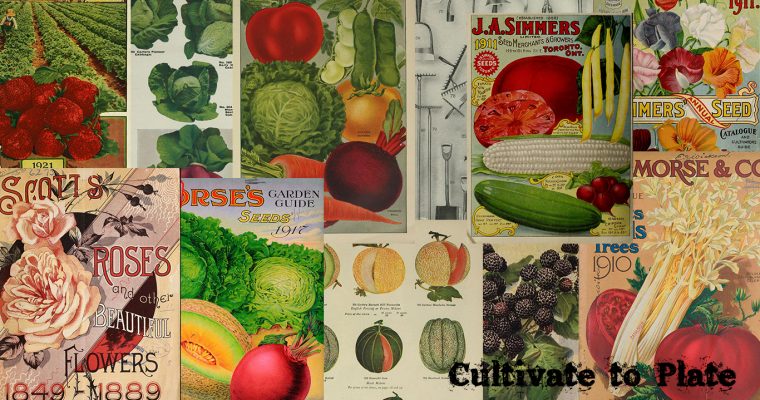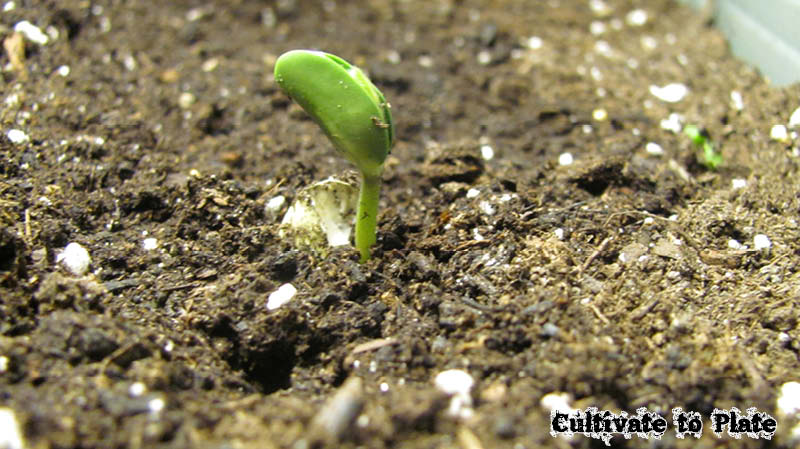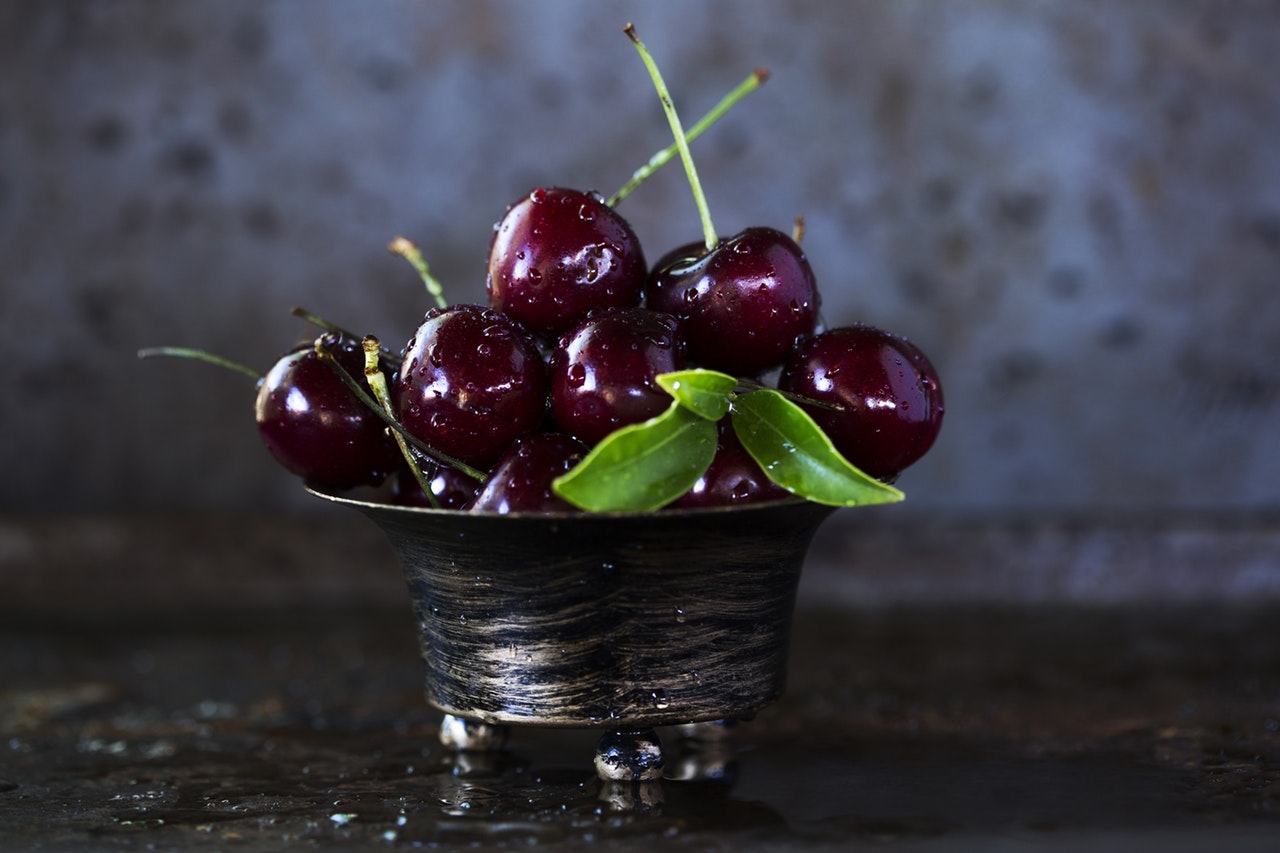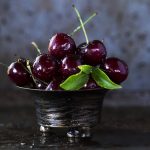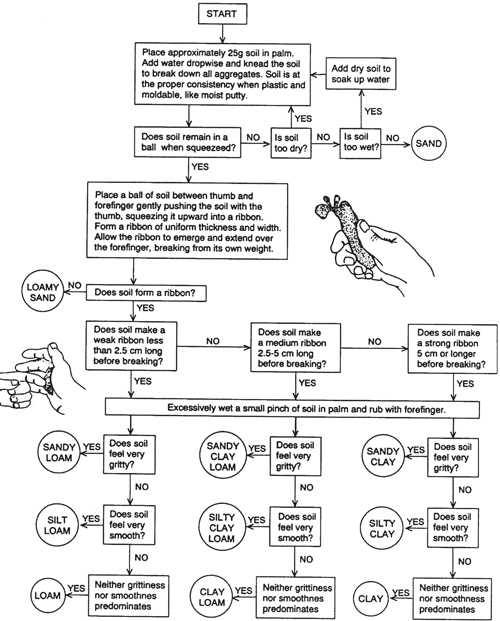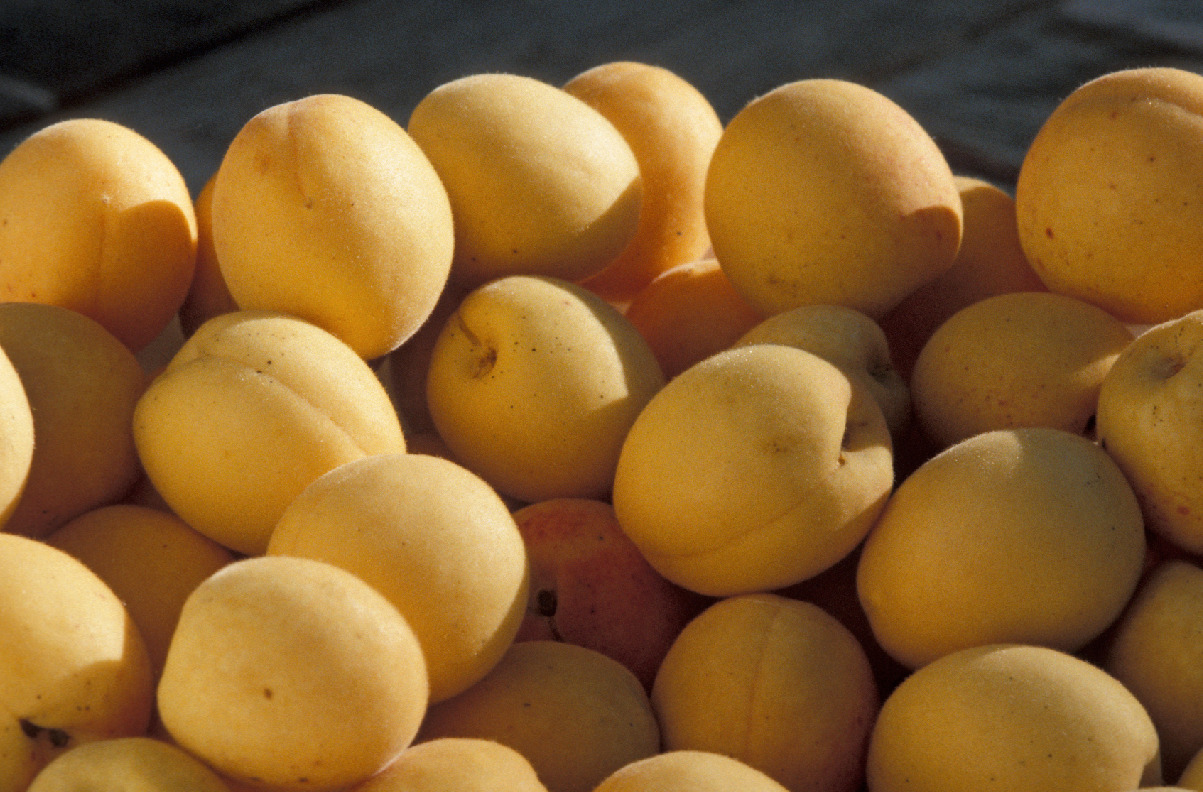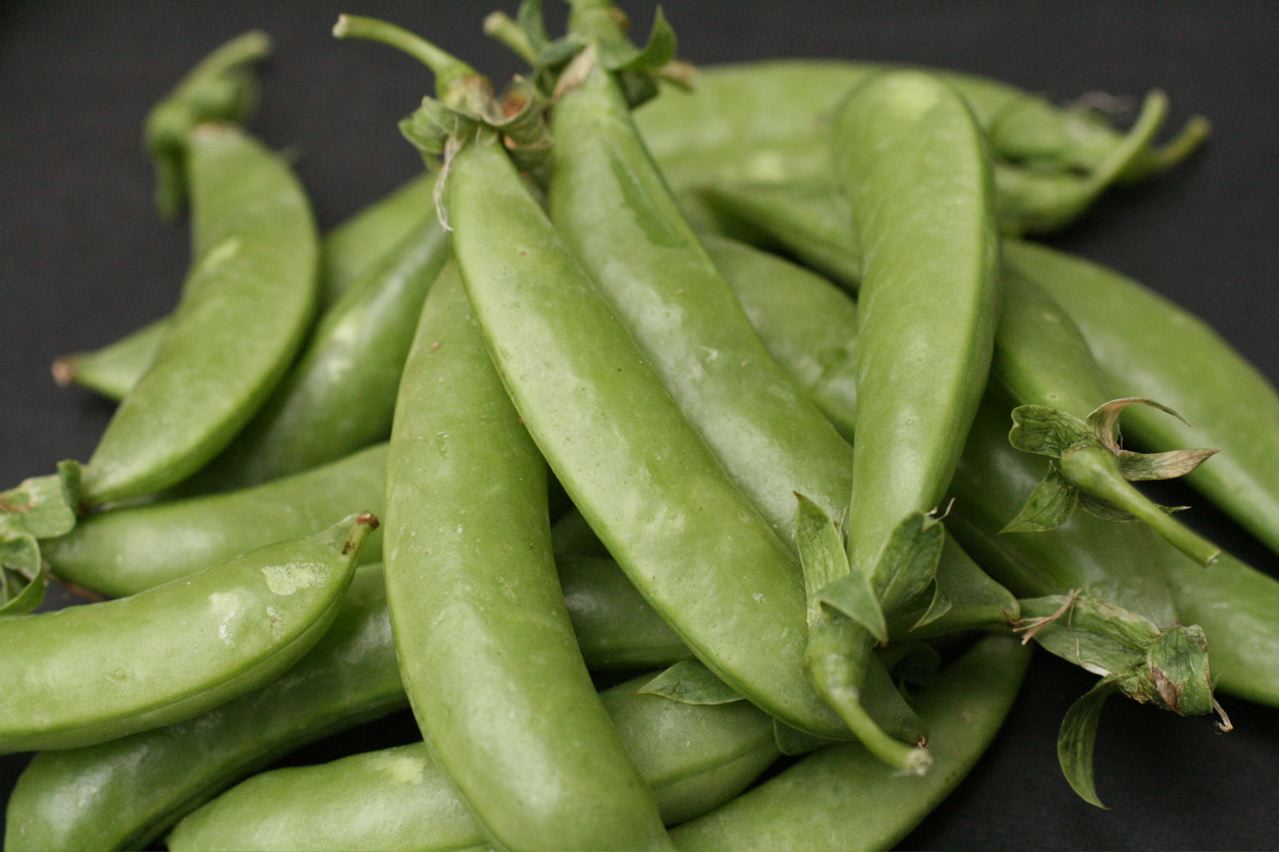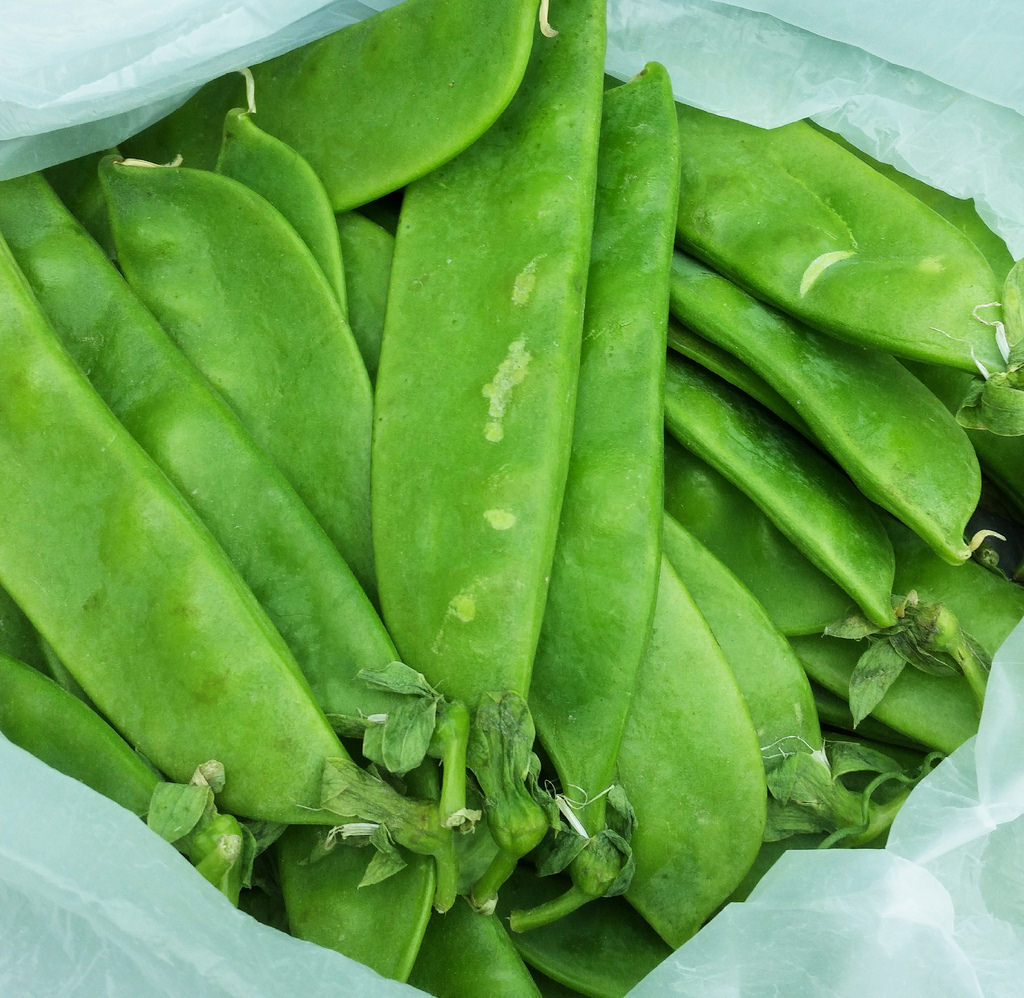There are three types of edible peas: shelling peas, snow peas, and snap peas. They all have the same sort of shape and are all planted in the same ways, but are very different vegetables. Each have their unique things to love about them.
Shelling Peas
Shelling peas come by other names: English peas, shelling peas, or simply garden peas. These peas have a pod that is slightly curved, firm, and the part that is eaten is the actual peas inside the shell. The pod very fibrous and discarded after shelling. It takes more work to process them for eating (pick, then shell the peas before using) but they offer excellent nutritional value. Shelling peas are best eaten or prepared the same day they are picked and shelled as the sugars inside of them quickly turn to starch.
Snow Peas
Snow peas are thin, the outside pod is edible, and the inside peas are very small. Their crisp nature makes them perfect for stir fries and sauteed dishes, and can be sliced and cut up for recipes. These peas do have one prep before eating and that is to remove the string that is attached to the opening seam, which is hard and tough to chew. Snow peas that are picked very young can avoid this step.
Snap Peas
Snap peas offer the best of both worlds of the other two peas: the outside pods are plump and edible, and the inside peas are large and flavorful. Like snow peas, they have a string at the opening seam that needs to be removed before eating, but snap peas do have varieties that are stringless eliminating this chore.
Read more on Peas:
